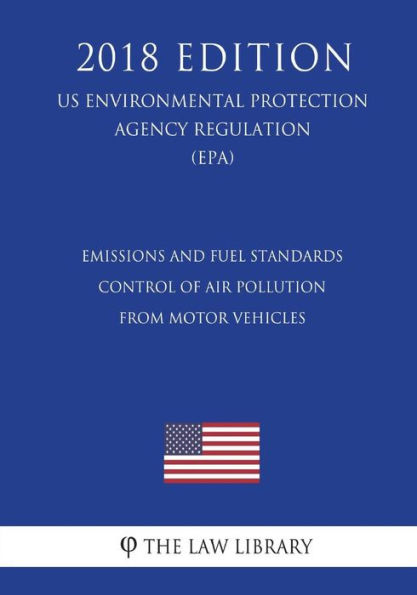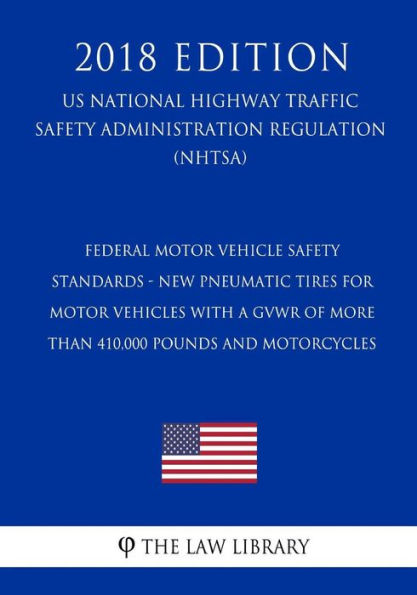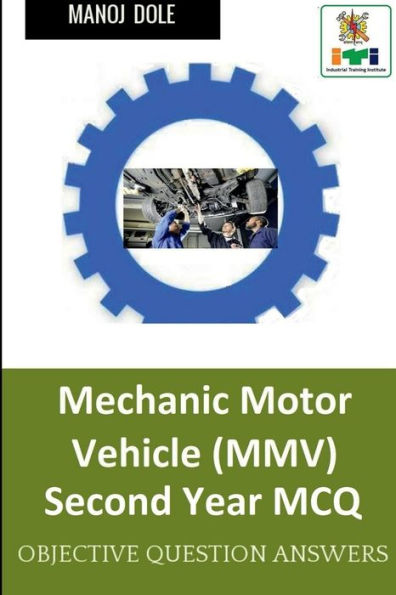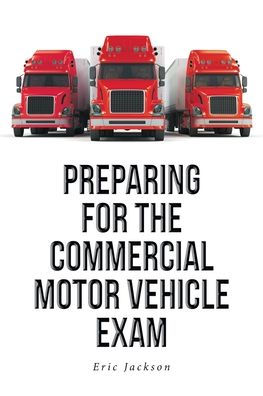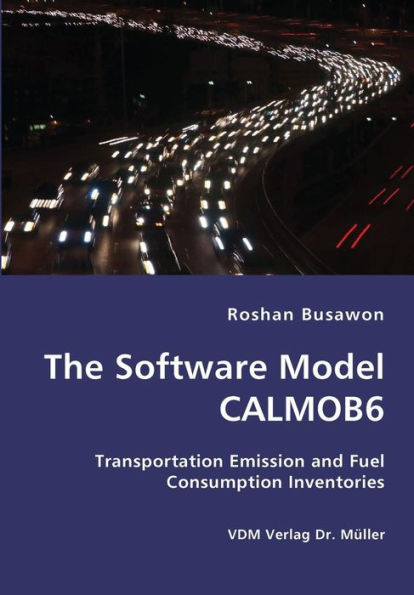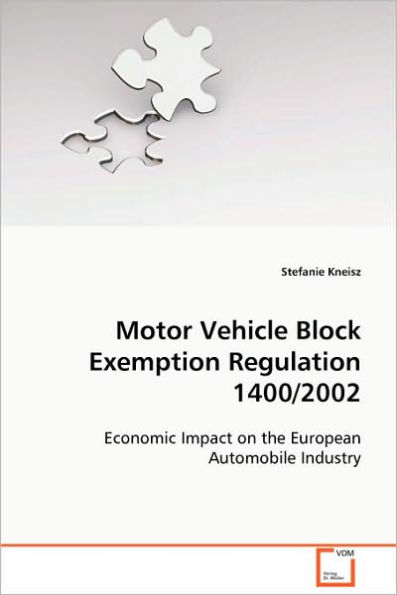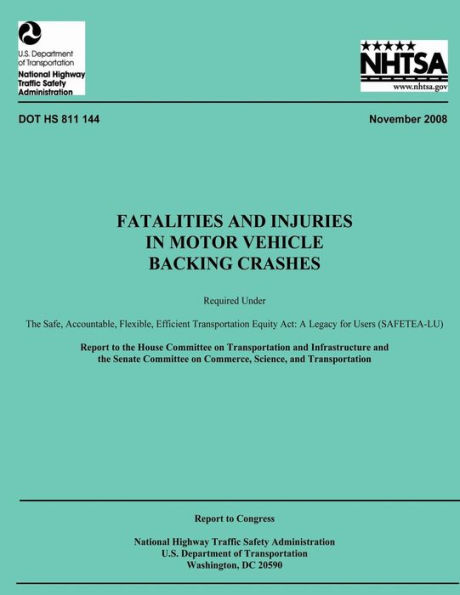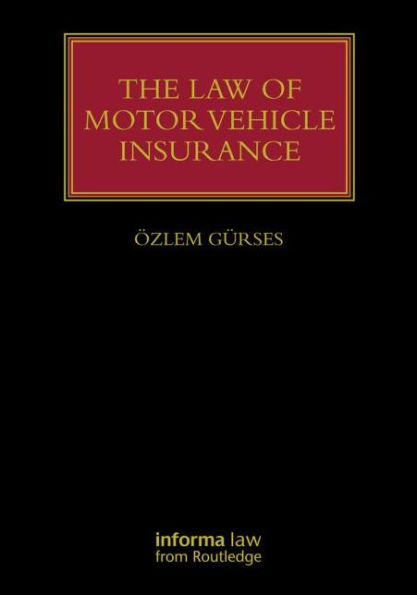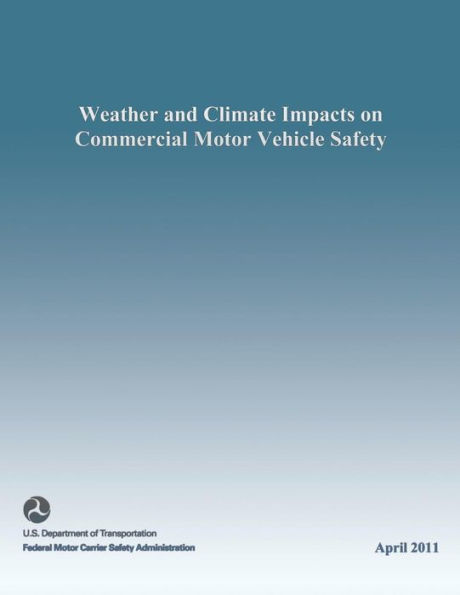Home
Emissions Modeling Technical Support Document: Tier 3 Motor Vehicle Emission and Fuel Standards


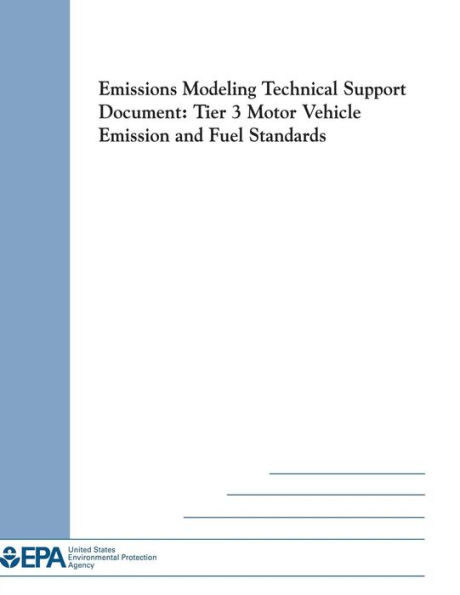
Emissions Modeling Technical Support Document: Tier 3 Motor Vehicle Emission and Fuel Standards
Current price: $18.99
Loading Inventory...
Size: OS
The U.S. Environmental Protection Agency (EPA) developed a year 2007 air quality modeling platform in support of the Tier 3 Motor Vehicle Emission and Fuel Standards. The air quality modeling platform consists of all of the emissions inventories, ancillary files needed for emissions modeling, and the meteorological, initial condition, and boundary condition files needed to run the air quality model. This platform uses all Criteria Air Pollutants (CAPs) and a select set of Hazardous Air Pollutants (HAPs). This document focuses on the emissions modeling components of the 2007 platform, including the emission inventories and the ancillary data and the approaches used to transform emission inventories for use in air quality modeling. The Tier 3 modeling platform was developed by implementing specific modifications to the "CAP-BAFM 2007-Based Platform, Version 5", also known as the "2007v5" platform. The 2007v5 platform was used to support the Regulatory Impact Assessment (RIA) for the 2012 Final National Ambient Air Quality Standards (NAAQS) for particulate matter less than 2.5 microns (PM2.5). The Technical Support Document (TSD) "Preparation of Emissions Inventories for the Version 5.0, 2007 Emissions Modeling Platform" contains many additional details on the aspects of the Tier 3 and 2007v5 platforms that are shared. The TSD is available from the Emissions Modeling Clearinghouse website, http://www.epa.gov/ttn/chief/emch/, under the section entitled "Particulate Matter (PM) NAAQS (2007v5) Platform". The appendices available for the 2007v5 TSD that do not reference the specific PM NAAQS modeling cases are also relevant to the "Tier 3" platform. Many emissions inventory components of the Tier 3 air quality modeling platform are based on the 2008 National Emissions Inventory version 2, hereafter referred to as the "2008 NEI", with updated inventory data for some emission sectors. In particular, a version of the Motor Vehicle Emissions Simulator (MOVES) designed to represent the impacts of the Tier 3 Motor Vehicle Emission and Fuel Standards (MOVESTier3FRM) was used to generate emission factors for onroad mobile sources. The emissions modeling tool used to create the air quality model-ready emissions from the emission inventories was the Sparse Matrix Operator Kernel Emissions (SMOKE) modeling system (http://www.smoke- model.org/index.cfm) version 3.5 beta. Emissions were created for 36 km and 12 km national grids. The gridded meteorological model used for Tier 3 is the Weather Research and Forecasting Model (WRF, http://wrf-model.org) version 3.3, Advanced Research WRF (ARW) core (Skamarock, et al., 2008). The WRF Model is a mesoscale numerical weather prediction system developed for both operational forecasting and atmospheric research applications. WRF was run for 2007 over a domain covering the continental United States at a 36 km and 12 km resolution with 35 vertical layers2. This meteorological run was different than the one used for the 2007v5 platform.
